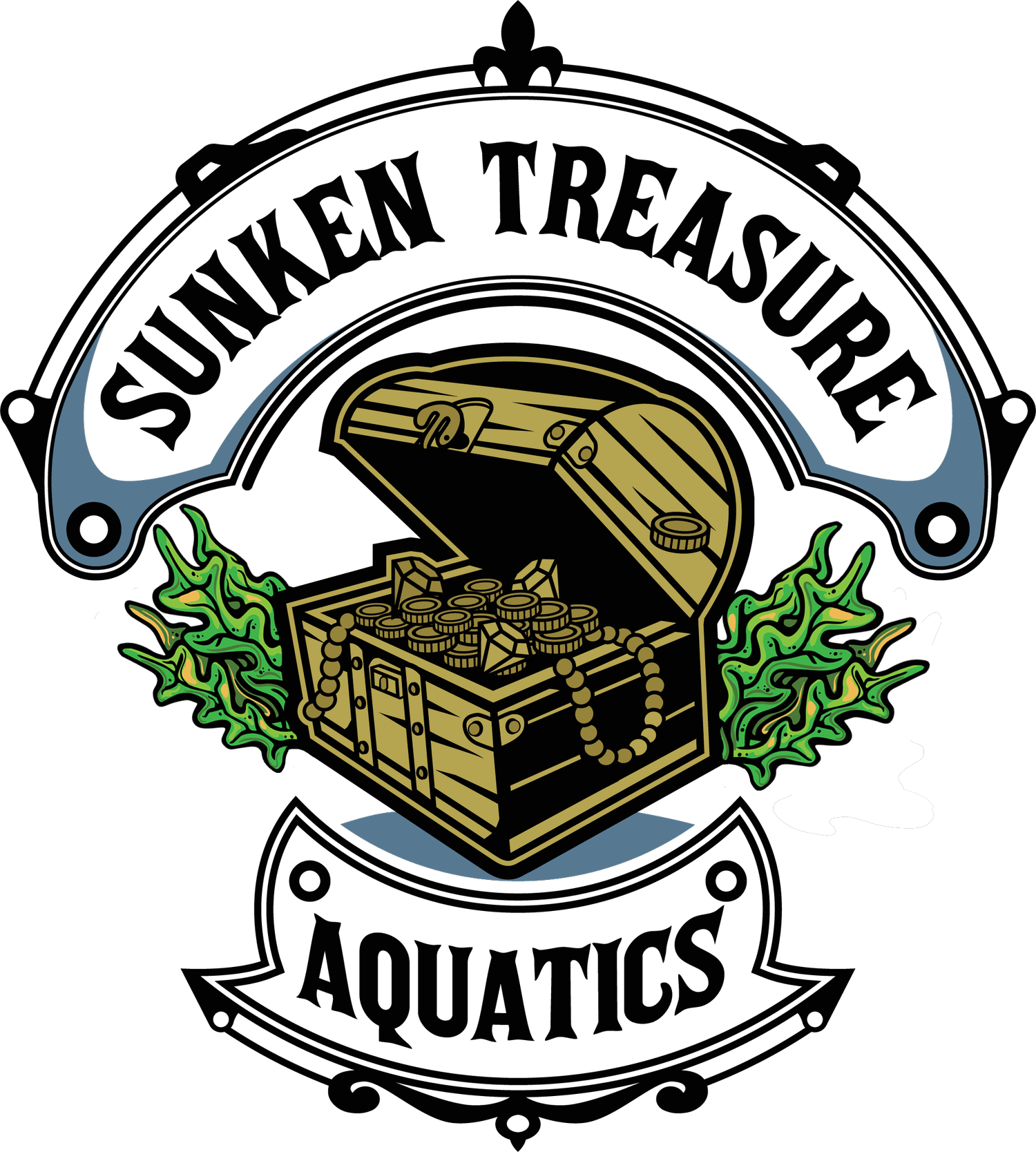How to use FISHIT!
FISHIT! is our awesome product that is, simply, fish poop. Hence the name. By far, the easiest and most effective method of cycling an aquarium is to simply squeeze gunk from an existing, cycled filter into a new tank… so we bottled up that gunk and sent it to you!
The Nitrogen Cycle
This page simply tells you how to use the FISHIT! product. If you’d like to actually learn about the science behind cycling an aquarium and all of the steps behind a successful cycle, we highly recommend you read our guide here!
Adding FISHIT! to your tank
FISHIT! currently comes in three forms- a liquid pouch, cycled filter media, and a sponge filter. Luckily, these are all very easy to add!
All FISHIT! products are perfectly safe to add to tanks with fish already in them. While they do have some additional biomass, they don’t really add much more biomass than a regular feeding. As always, though, you should monitor your tank after making a change and do a water change if you notice anything weird.
Liquid Pouch - Simply pour the pouch directly into your tank with a filter running. The filter will suck up the gunk and the bacteria will colonize on the filter media and in your substrate. Do not use filter cartridges, because you’ll just wind up throwing away all the valuable gunk! A simple sponge in place of a cartridge is far cheaper and more effective.
Filter Media - Just dump the filter media rocks into an open space within your filter where water will flow through them. A mesh bag works great to hold them together to make them easier to remove in the future. You can also pour them anywhere in your tank, like near a sponge filter, so long as they’ll be getting lots of current flowing through them.
Sponge Filter - We include the whole sponge filter and a tub full of gunk. We ship the sponge filter within a mesh pouch to make it easy to remove without getting your hands all gross. Just remove the sponge filter from the pouch, attach an air pump, and place anywhere in your tank. You can dump all the gunk into the tank directly as well, just like the standard liquid pouch FISHIT. The sponge filter is ample filtration for up to 10 gallons by its self, and helps add to the filtration in any size tank.
Fish-In Cycle
If you decide to add fish after adding FISHIT, be sure to perform a major water change at least once a day until your tank is stable. We recommend draining about 75% of the water and filling it with fresh, dechlorinated water. This ensures the cycle can complete quickly, and that the fish won’t be hurt during the cycling process.
When is your cycle done?
The best way to know when your cycle is complete is to use a test kit. When you have 0 Ammonia and 0 Nitrite, your tank is considered cycled.
However, if you don’t happen to have a test kit (you should get one), you can also pretty reliably know your tank is cycled by keeping an eye out for algae and plant growth. A cycled tank converts ammonia to nitrate, which is a great fertilizer for plants and algae. Once you begin seeing new growth on your plants and algae forming, it is pretty safe to assume your tank is cycled and you can stop doing daily water changes… just keep an eye on your fish in case they start acting strange.
Tips for a successful cycle
The bacteria that need to develop to cycle your tank are aerobic bacteria - this means they need oxygen to thrive. More oxygen = faster and stronger cycle. Adding sponge filters, bubblers, or more filtration will always help.
Filters are often much weaker than they’re marketed for. We always recommend a filter marketed for at least twice the size tank you’ll be using it on. For example, I'd recommend a Tetra 20g Hang On Back filter for a 10 gallon tank. Their 10 gallon filter is far too weak for a 10 gallon tank.
Warmer temperatures help tanks cycle faster. Heat your tank to 78-80 degrees for ideal conditions.
Daily water changes always helps. We always recommend doing a major (75%) water change until your tank is cycled.
